Sand Casting Molding Processes: A Comparative Analysis of Manual vs. Automated Production
1. Overview of Sand Casting Molding Methods
The sand casting industry employs three primary molding processes, each with distinct characteristics and applications:
1.Manual Molding
• Traditional method requiring skilled labor
• Ideal for prototype development and small batch production
• Offers maximum flexibility in pattern adjustments
2.Machine Molding (Mechanical Molding)
• Semi-automated process combining human operation with mechanical assistance
• Provides better consistency than manual methods
• Suitable for medium-volume production runs
3.Automatic Molding
• Fully automated systems with minimal human intervention
• Includes two configurations:
Horizontal Molding: Best for high-speed production of smaller components
Vertical Molding: Preferred for precision casting of more complex geometries
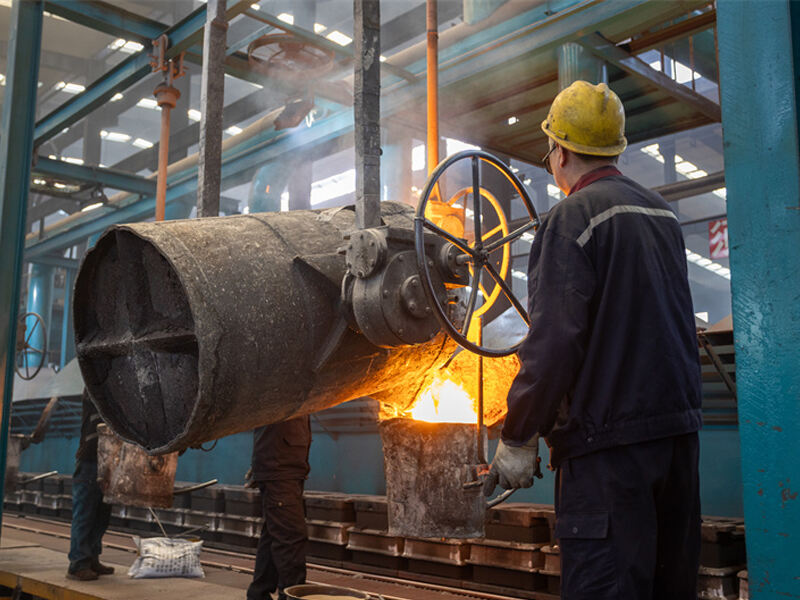
2. Leading Automatic Molding Systems
The global market features several reputable automatic molding system manufacturers, including:
European brands: KW, DISA, HWS, Luolamendi
Japanese manufacturers: Sinto, Tokyo, Toyo
Sinto's FBM/FBO Series Technical Specifications:
Sinto's FBM/FBO Series Technical Specifications:
| Model | Flask Size (mm) | Production Capacity | Suitable Casting Weight |
| FBM-I | 350×450 | 80-100 molds/hr | 1-15kg |
| FBO-II | 480×360 | 70-90 molds/hr | 5-25kg |
| FBM-III | 550×450 | 60-80 molds/hr | 10-40kg |
| FBM-IV | 800×800 | 40-60 molds/hr | 20-70kg |
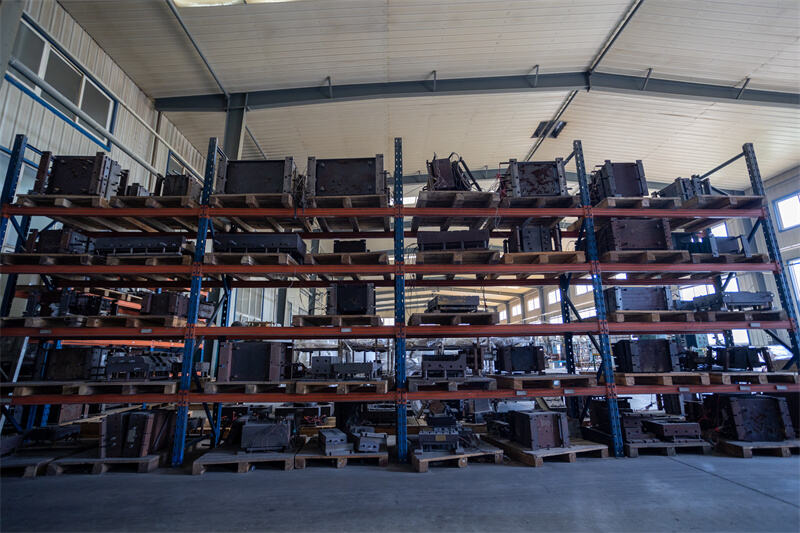
3. Advantages of Automated Casting Lines
Automated systems offer significant production benefits:
High Efficiency: Capable of producing 1,500 tons of cast iron monthly
Consistent Quality: Maintains stable surface roughness (typically Ra 12.5-25μm)
Material Versatility: Compatible with:
Green sand molds
Oil sand cores
Pre-coated sand cores
Rapid Production: Outputs hundreds of identical castings per hour
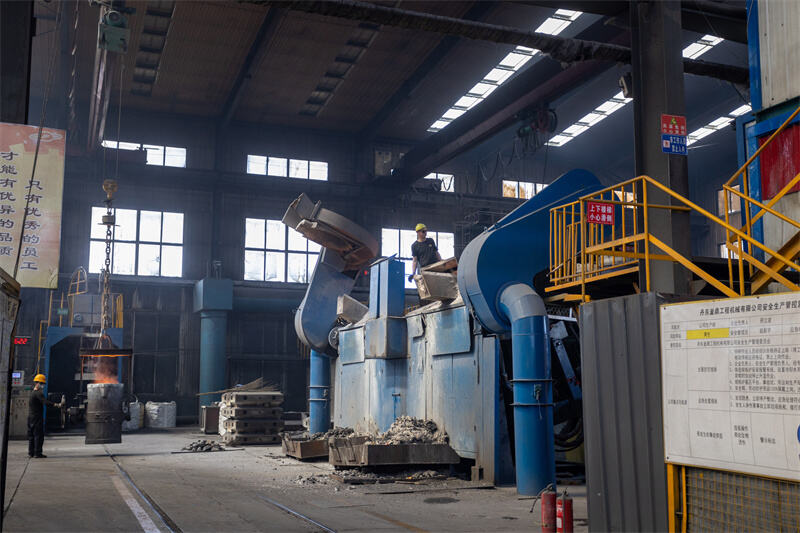
4. Limitations of Automated Systems
While advantageous, automated molding presents certain constraints:
High Initial Investment
Metal pattern costs range from 1,400 ud to 3,500 usd per set
Economically viable only for production volumes exceeding 5,000 pieces
Size Restrictions
Limited by flask dimensions (350×450mm to 1200×1200mm)
Components exceeding maximum flask size require manual molding
Setup Complexity
Pattern changes require significant downtime
Less adaptable to design modifications mid-production
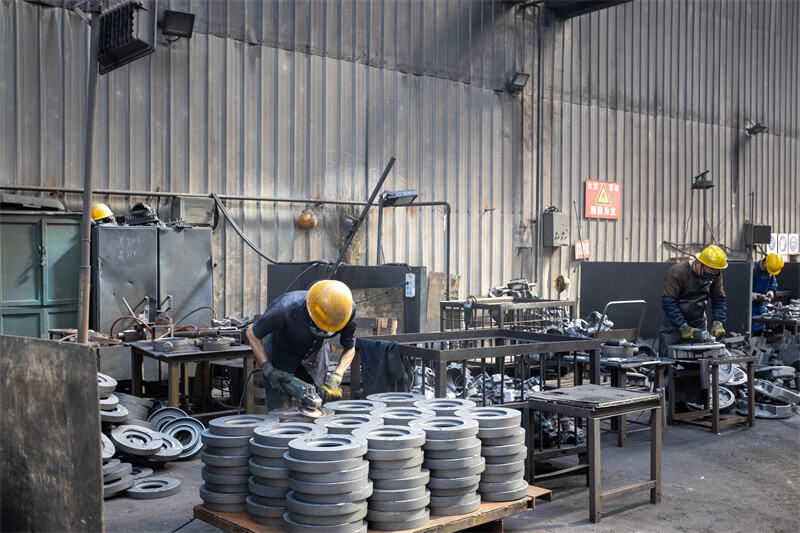
5. Production Strategy Recommendations
Based on our extensive foundry experience, we recommend:
For Prototypes & Small Batches (<1,000 pieces)
Manual molding offers better cost efficiency
Allows for rapid design iterations
For Medium Runs (1,000-5,000 pieces)
Machine molding provides optimal balance of cost and consistency
For Mass Production (>5,000 pieces)
Automated lines deliver superior productivity and quality control
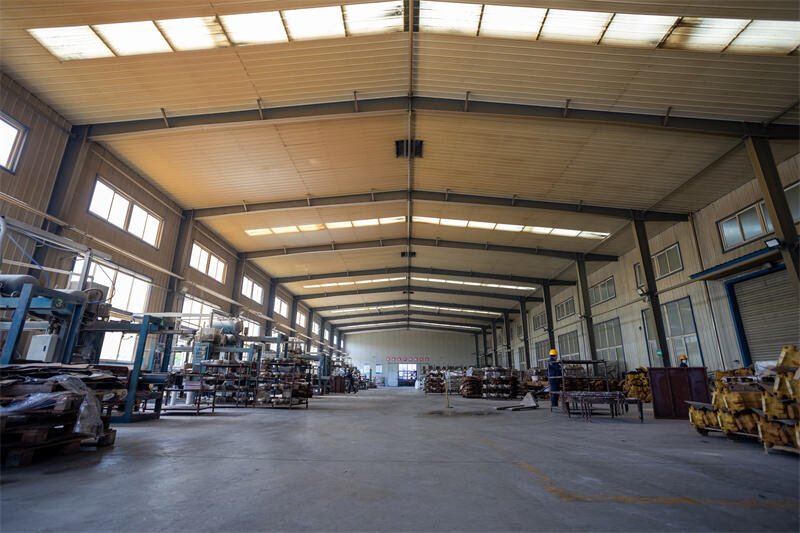
Conclusion: Complementary Production Approaches
While automated molding excels in high-volume scenarios, manual processes remain indispensable for:
Oversized components beyond flask dimensions
Customized or frequently modified designs
Specialized casting requirements
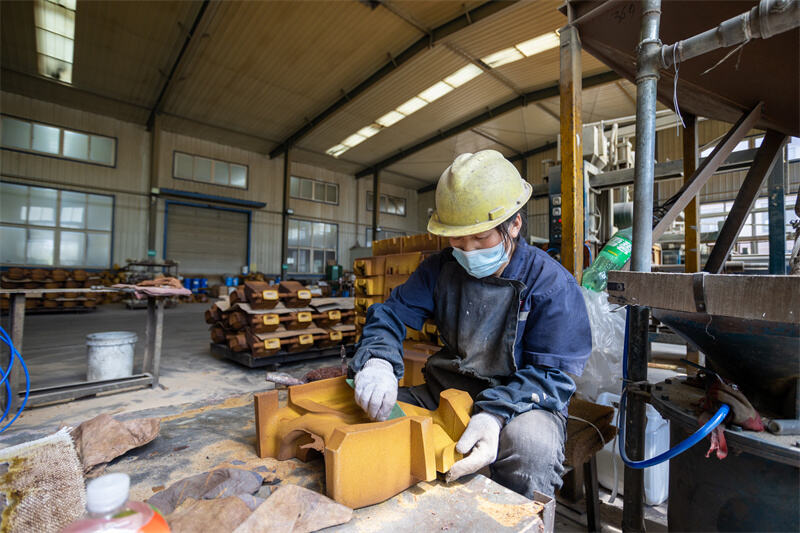
Our foundry maintains both automated lines and manual molding capabilities to ensure we can meet diverse customer needs with optimal solutions. Contact our technical team to determine the most cost-effective molding method for your specific project requirements.
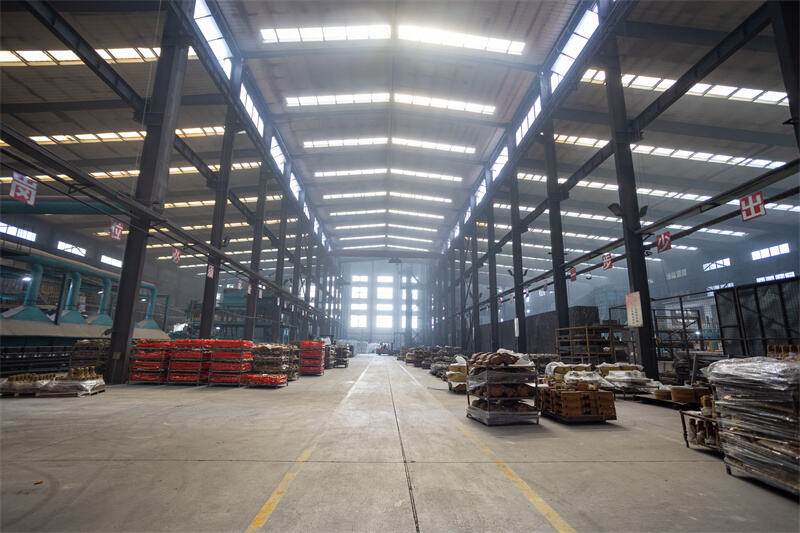
 Hot News
Hot News2026-01-08
2026-01-03
2026-01-01
2025-12-25
2025-12-21
2025-12-19